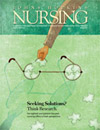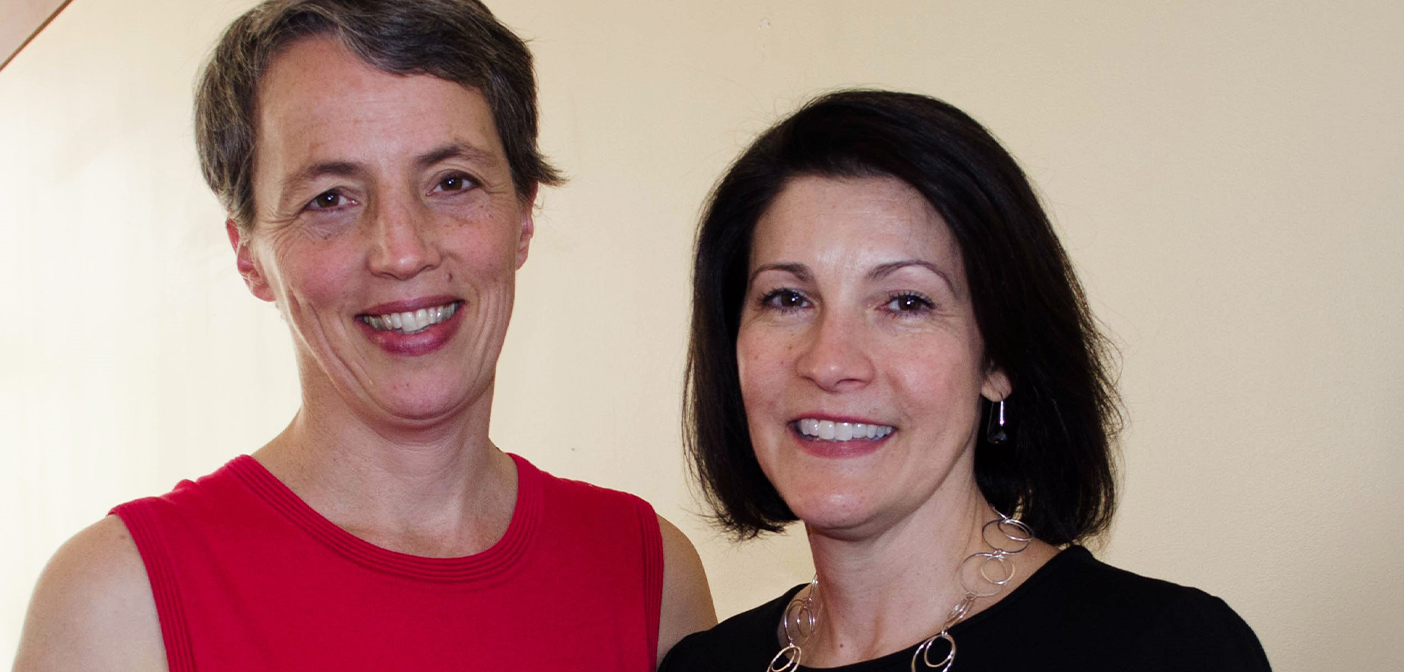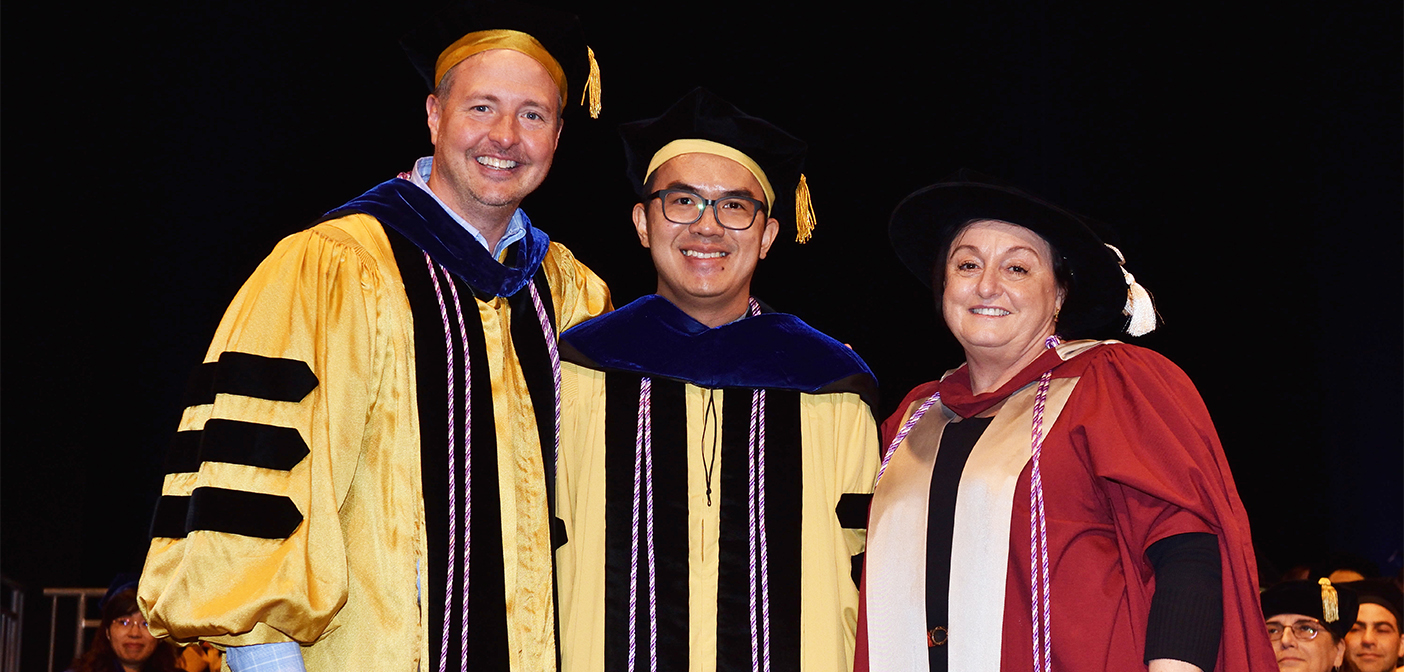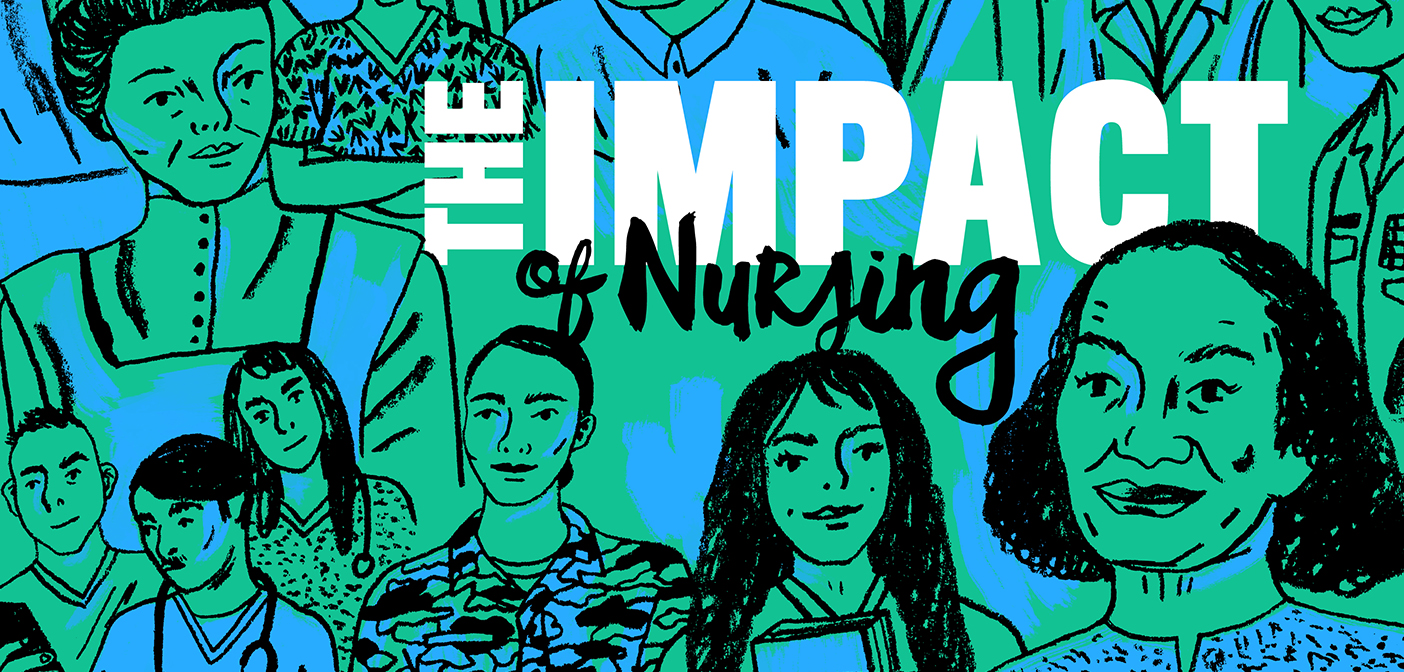| Letters to Johns Hopkins Nursing |
|
Email 200 words or less to [email protected] or send to: Editor, Johns Hopkins Nursing Letters will be edited for length and clarity. |
I greatly enjoyed the article “Ward by Ward” in the Spring issue featuring the Hopkins nursing luminary, Louise Cavagnaro, with whom I had the pleasure of working during my time at Hopkins. In the article there is a statement that “Desegregation of inpatient facilities began in the 1950s. Marburg, which was private medicine and surgery, was the first area to be involved.”
However, according to information in The Harriet Lane Home, A Model and a Gem, by Park, Littlefield, Seidel, and Wissow, the Harriet Lane Home service [Johns Hopkins’ first children’s hospital] was integrated by Dr. Park in 1928. “The nature of a child’s illness—infectious or non-infectious—became the determinant for the location of a child’s bed, and not race. It happened smoothly and without commotion. He [Park] just did it.”
This is not to diminish Cavi’s contributions, but to add a historical perspective to the desegregation of Hopkins Hospital.
Beryl Rosenstein, MD
Harriet Lane Home House staff, 1961-1964
No more “alphabet soup”
I just finished reading half of the current magazine [Spring 2010]. I look forward to every issue and find info to pass on to my granddaughter who just completed her BS training here at University of Mississippi. It’s wonderful that you are considering including alumni news again.
One other comment—I enjoyed reading about all the research work going on and hope some nurses are still left to care for patients. However, my reading was slowed down, irritatingly so, with all the initials following the names of the great nurses going on to graduate school. Is it possible to include all those at the end of the article? I had to stop, look at them, and then ask myself, “Now what does this stand for?” Having finished at JHH in ’53 but working for many years afterwards I still don’t recognize all those degrees. Please help.
Thanks,
Mary Cobb ’53
Editor’s comment: Alumni will be pleased to see the return of Class News in this issue, thanks to some creative budgeting and collaboration among school and alumni association staff.
The listing of faculty credentials is often called “alphabet soup”—with good reason! It’s difficult to remember what they all mean. So in this issue, you will now see a shorter list of credentials after each nurse’s name.
First listed is the highest graduate-level academic degree obtained. Common credentials you’ll see in this magazine are Doctor of Philosophy (PhD), Doctor of Nursing Practice (DNP), Doctor of Nursing Science (DNSc), Master of Science in Nursing (MSN), and Master of Public Health (MPH).
Next, the credential “RN” is used to indicate nurse licensure. And credentials that indicate special certifications (eg. CCRN, AOCN) have been omitted for the sake of simplicity. Our aim is to make the magazine more enjoyable and accessible to you, our readers.
Corrections and Omissions:
On page 3, in the “Hill’s Side” column, Victoria Mock, PhD, RN, should have been recognized as Director of the Center for Nursing Research from 2002-2006. Thanks to Professor Gayle G. Page, DNSc, RN, for this correction.
On page 59, Leslie Tilghman’s name was misspelled. Our sincere apologies to Ms. Tilghman and Tilghman Jewelers.
On page 31, Jacquelyn Campbell was listed as an associate dean. She is actually a professor in the Department of Community-Public Health.

 Welcome Arrival
Welcome Arrival Happy Participants for Better Research
Happy Participants for Better Research Open to All
Open to All Impact: Voice
Impact: Voice The Best Medicine
The Best Medicine







